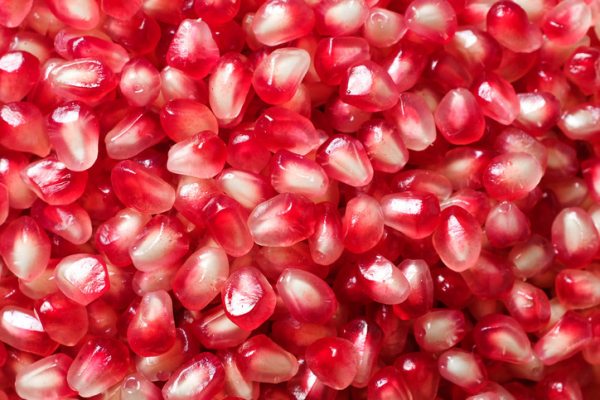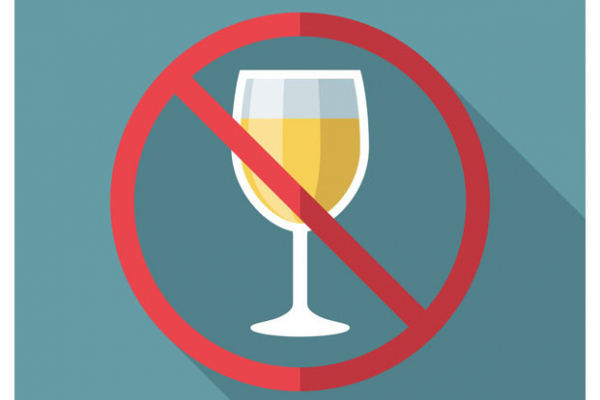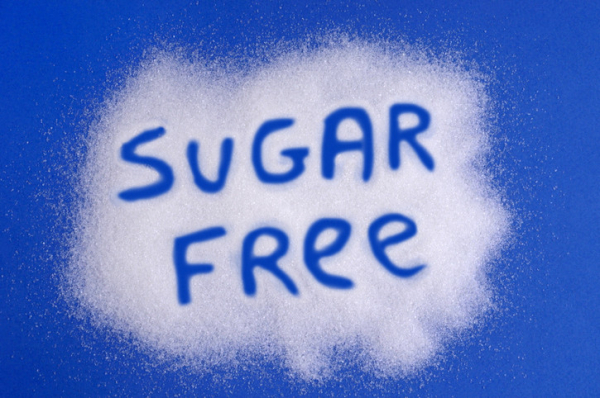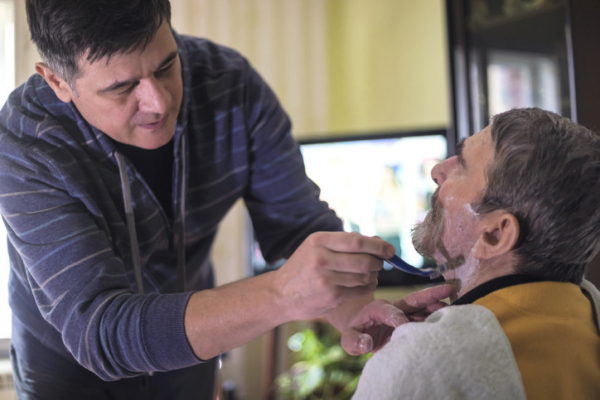Magnets, sound, and batteries: Choosing safe toys


This holiday season, as parents, friends, and family set out to buy toys for children on their lists, or donate them to those in need, here are some suggestions for things you shouldn't buy — and those you should.
Not all gifts need to be purchases, of course. Opportunities for play bring joy and sharpen skills children and teens benefit from daily. And for infants and toddlers, responsive games build bonds and encourage healthy development.
Ten tips for selecting safe toys
Below are 10 tips for choosing safe toys — and using toys safely.
- Choose age-appropriate toys. Read the safety labels! If a child is under 3, be particularly mindful of anything with small parts, or attached small parts that might come off. Balloons are also a no-go for this age group.
- Watch out for magnets in toys. The US Consumer Product Safety Commission warns of serious dangers linked to toys with tiny, super-strong magnets, such as small magnetic balls and magnetic building sets. This is a big and important no for any child who might put the toy in their mouth. Additionally, young siblings or even older children and teens may be put at risk. These tiny magnets are many times more powerful than traditional magnets. If swallowed, two or more can connect through the walls of the intestine, leading to blockages and perforations.
- "Vintage" toys aren't always a good idea. While most vintage and used toys are likely fine, they don't have their safety labels anymore. You don't know if they may have been recalled or be broken in a way that could make them less safe. Be particularly careful about anything made before 2008, because that's when toy safety legislation was passed.
- Toys that move. Be sure your child can — and does — use toys like scooters, skateboards, and bikes safely. Pair these gifts with appropriate protective gear like helmets, too.
- Loud toys. Loud noises can actually damage hearing. Given how much noise we end up being exposed to over a lifetime, and the ubiquitous use of earbud earphones, you really don't want to start early with extra noise. You can always turn the sound off, but it's probably better to just not buy the toy.
- Slime. Apparently, some brands have high levels of toxic boron! Make your own instead (there are lots of easy recipes for borax-free slime), or just avoid it altogether.
- Fidget spinners and other toys designed for adults. If it says "designed for adults," beware. This means the maker doesn't have to meet US toy safety standards for children.
- "Hatching" toys. As they hatch they generate small pieces that can become — you guessed it — choking hazards.
- Smart toys and devices. They may collect data you'd rather not share, and could be hacked. Mozilla has a great resource to help you figure out which devices are safer than others. Remember to take privacy into account when gifting these items to children.
- Makeup. Some brands can contain toxic chemicals. Personally, I think young kids shouldn't wear makeup anyway.
Back-to-basics favorite toys to choose
When it comes to toys for children, back to basics is best: simple toys that encourage pretend play, creativity, fine motor skills, language skills, and movement. Think things like dolls, puppets, costumes, train sets, blocks and other building sets, balls, jump ropes, bikes, books — and, of course, all kinds of art supplies. These are the kinds of toys that give the most sustained kind of fun, ones that require imagination and interaction, get kids moving, and help kids in their development.
I particularly suggest three kinds of toys:
- Toys without screens. Many children have way too much screen time. So skip the electronics this year.
- Toys that encourage exercise. We are all too sedentary these days. It's great to get outside and exercise, so things like bikes and balls can be excellent gifts. If the weather is too cold or you don't have much easily accessible outdoor space, look for things you can do inside. Balls with a handle that you can sit and bounce on are fun, as are balance boards, riding toys, stepping stones, or even indoor tightropes. A yoga mat can be used for all kinds of exercise. Along with setting up home offices, it's a good idea to set up an exercise space if you can.
- Toys you can play with together. Look for games that you can play as a family — there are so many out there. Or get a train set or building kit that you can do together. We need each other more than ever before, and we need fun; getting both at the same time is a wonderful holiday gift.
About the Author

Claire McCarthy, MD, Senior Faculty Editor, Harvard Health Publishing
Claire McCarthy, MD, is a primary care pediatrician at Boston Children’s Hospital, and an assistant professor of pediatrics at Harvard Medical School. In addition to being a senior faculty editor for Harvard Health Publishing, Dr. McCarthy … See Full Bio View all posts by Claire McCarthy, MD
































